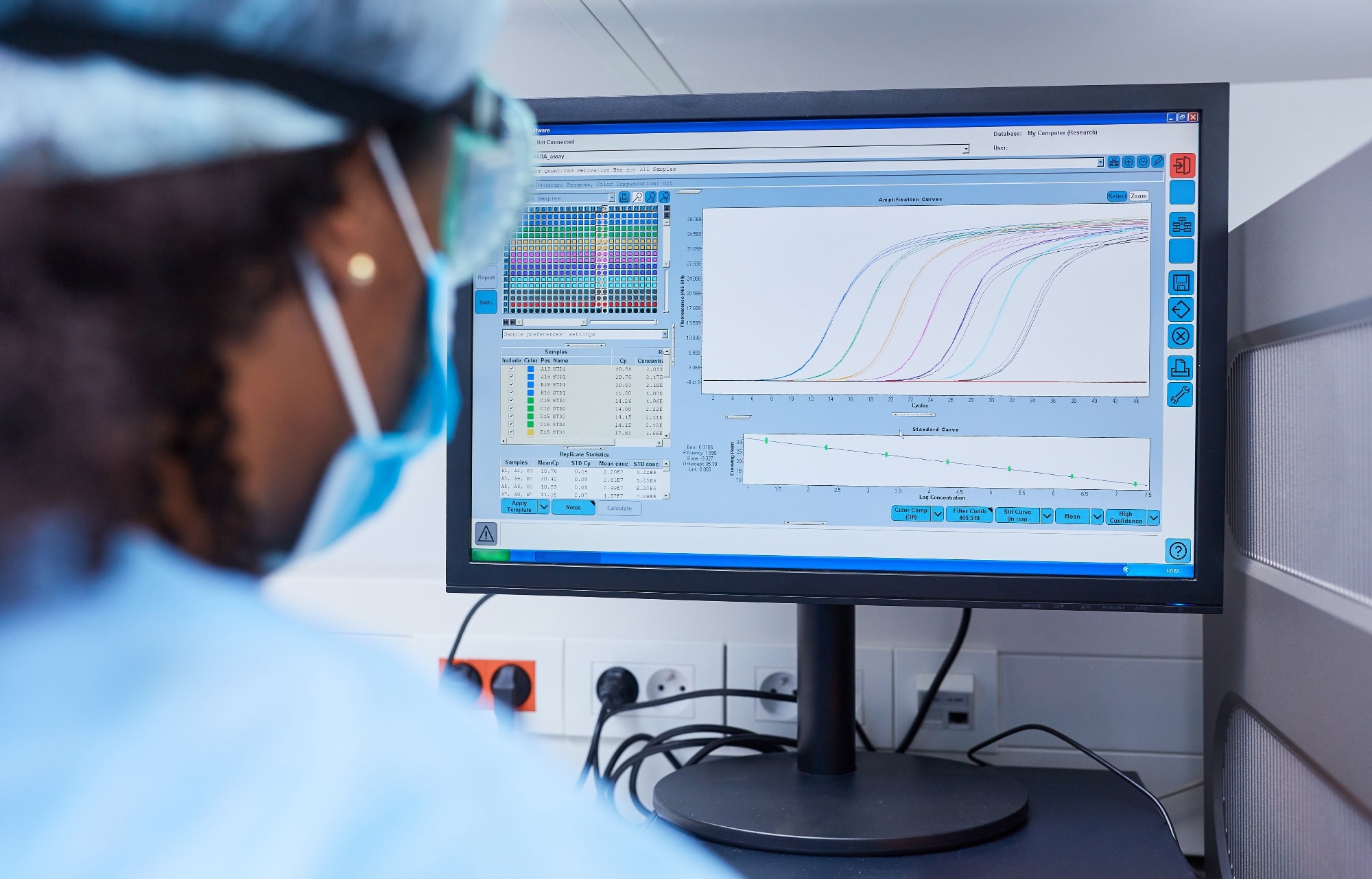A recent study published in the Centers for Disease Control and Prevention (CDCs) Morbidity and Mortality Weekly Report evaluated correlations and timeliness of coronavirus disease 2019 (COVID-19) surveillance data sources and indicators in the United States (US).
 Study: Correlations and Timeliness of COVID-19 Surveillance Data Sources and Indicators ― United States, October 1, 2020–March 22, 2023. Image Credit: TrueTouch Lifestyle/Shutterstock.com
Study: Correlations and Timeliness of COVID-19 Surveillance Data Sources and Indicators ― United States, October 1, 2020–March 22, 2023. Image Credit: TrueTouch Lifestyle/Shutterstock.com
Background
National reporting of some categories of data on COVID-19 surveillance will cease in the US from May 11, 2023, when the COVID-19 public health emergency declaration expires. The COVID-19 electronic laboratory reporting (CELR) and reporting of the aggregate COVID-19 case and death data will be discontinued.
The Centers for Disease Control and Prevention (CDC) will use provisional mortality data from the National Vital Statistics System (NVSS) for data on COVID-19 deaths and the National Respiratory and Enteric Viruses Surveillance System (NREVSS) for severe acute respiratory syndrome coronavirus 2 (SARS-CoV-2) test positivity data.
County COVID-19 hospitalization rates will replace weekly COVID-19 community levels (CCLs).
About the study
In the present study, researchers evaluated the timeliness of and correlations among national COVID-19 surveillance data sources and indicators to assess the usefulness of COVID-19 hospitalization rates as the primary indicator to monitor COVID-19 trends.
Using different statistical measures, they compared trends in seven-day moving averages for indicators from October 2020 to March 2023.
The researchers estimated the lag in COVID-19 surveillance indicators relative to hospitalization rates between April 2022 and March 2023.
Pairwise Spearman’s correlations evaluated associations between COVID-19 surveillance indicators. Each indicator was assessed for signal-to-noise ratio using Spearman’s autocorrelation.
Linear regression models were fitted for each indicator from October 2020 to March 2022 and April 2022 to March 2023 to estimate ratios relative to COVID-19 hospitalization rates.
Concordance between weekly CCLs and COVID-19 hospitalization levels was examined across 3,220 counties in the US between February 2022 and March 2023.
Findings
The authors observed that normalized trends in COVID-19 surveillance indicators were mostly aligned over time. However, there were differences in proportionality and lag relative to hospitalization rates.
Trends in hospitalization rates lagged one day behind COVID-19 case rates and four days behind SARS-CoV-2 positive test results and the percentage of emergency department (ED) visits for COVID-19.
Indicators of COVID-19 severity lagging behind hospitalization rates were inpatient/intensive care bed occupancy and deaths. The researchers observed robust correlations between aggregate death counts and NVSS death rates and between positive test results from CELR and NVRESS. The ratios for the percentage of positive SARS-CoV-2 test results to hospitalization rates increased.
The ratios for the percentage of intensive care unit (ICU) beds occupied and COVID-19 death rates reduced relative to hospitalizations.
Comparisons between COVID-19 hospitalization levels and CCL revealed more than 99% concordance among counties. Discordant levels were observed when COVID-19 incidence was high. CCLs exceeded hospitalization levels when discordant.
Conclusions
The findings suggest that hospitalization rates could be a suitable timely indicator to monitor COVID-19 trends. Indicators such as emergency department visits and positive test results could capture COVID-19 trends around four days earlier than hospitalization rates, albeit with poor geographic coverage.
Using mortality data from NVSS can improve the timely monitoring of severity and mortality trends. Overall, these data sources and indicators can support the surveillance of COVID-19 and associated prevention/control strategies.